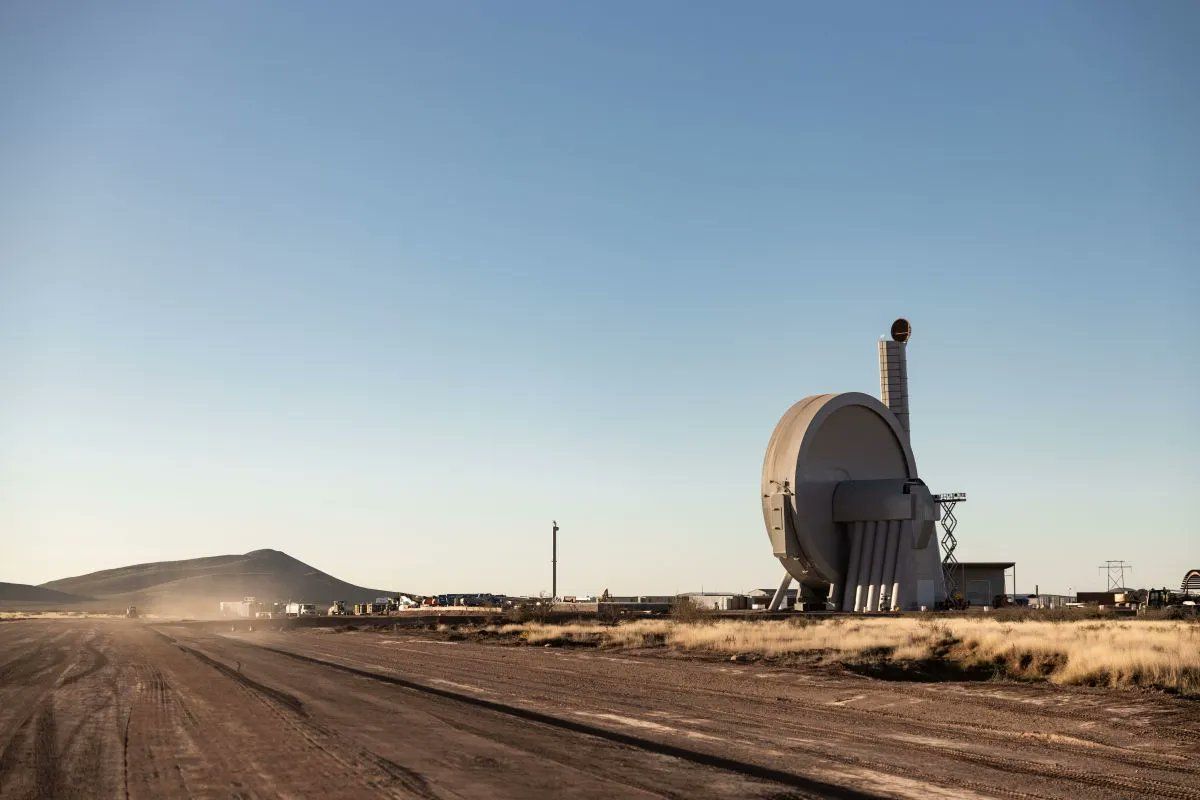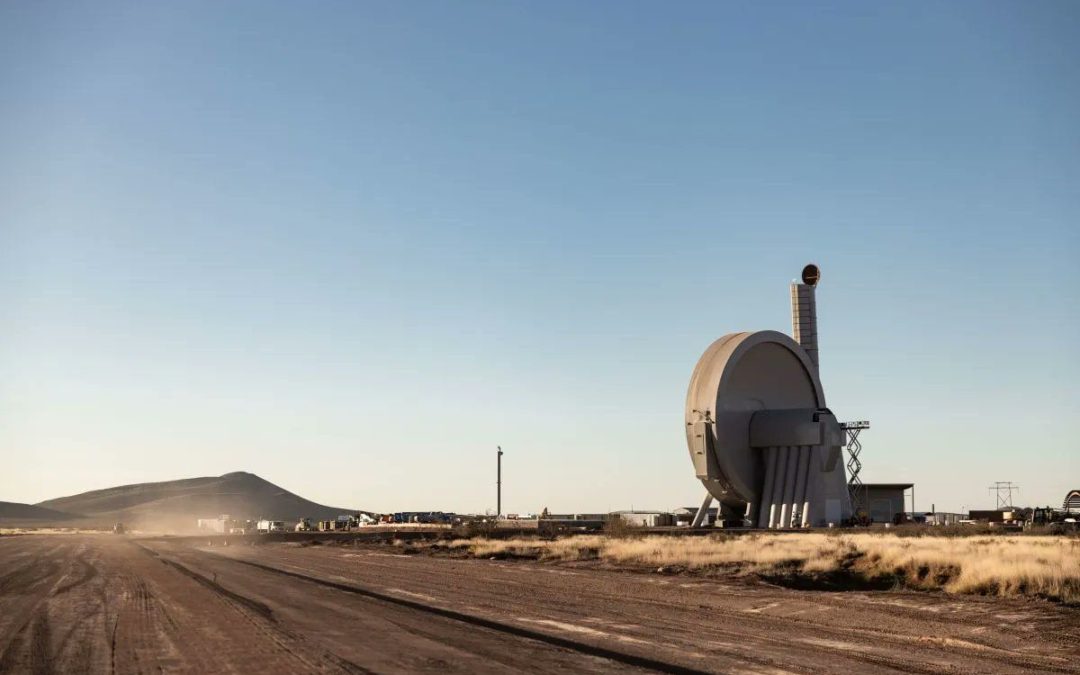
In A Trip to the Moon (George Melies, 1902), a genre-defining science-fiction movie, people travel to the moon in a capsule launched from a canon. Of course, the method is unrealistic for various reasons, and the comedic nature of the depiction reflects that.
Since then, space launches have become synonymous with rockets. Every single launch that's managed to put an object in orbit has used rockets to do so. But there are drawbacks, mainly that a high percentage of a rocket's mass consists of fuel, resulting in additional complexity, weight, and cost.
But one company wants to rock the boat. SpinLaunch was founded in 2014 to develop new technologies that could bring down costs associated with launching equipment into low-earth orbit.
The technology works by attaching the payload to a centrifuge, which then under vacuum spins the spacecraft, capable of carrying a payload of up to 200kg, to the desired velocity of 5'000mph before being launched into the atmosphere.
On October 22, the first launch took place using a third-scale version of the launcher. The current launcher is a third-scale of the final version, which will have orbital capabilities. The current machine is used to evaluate the principles and mathematical models. This first launch occurred at only 20% power, and while the highest altitude wasn't announced, it has been stated to be in the tens of thousands of feet range.
Future launches will include a variety of internal equipment, including rocket engines. Thirty suborbital flights are scheduled for the next 6-8 months. The craft is also planned to be recoverable.
Of course, a caveat to the technology is the extreme G-forces associated with the launch method. While in the accelerator, the equipment endures 10,000 G's, and SpinLaunch has developed components intended to endure this extreme stress.
The company aims to put payloads in orbit by 2025, at which point their launches will have a cost advantage over any other option on the market.





